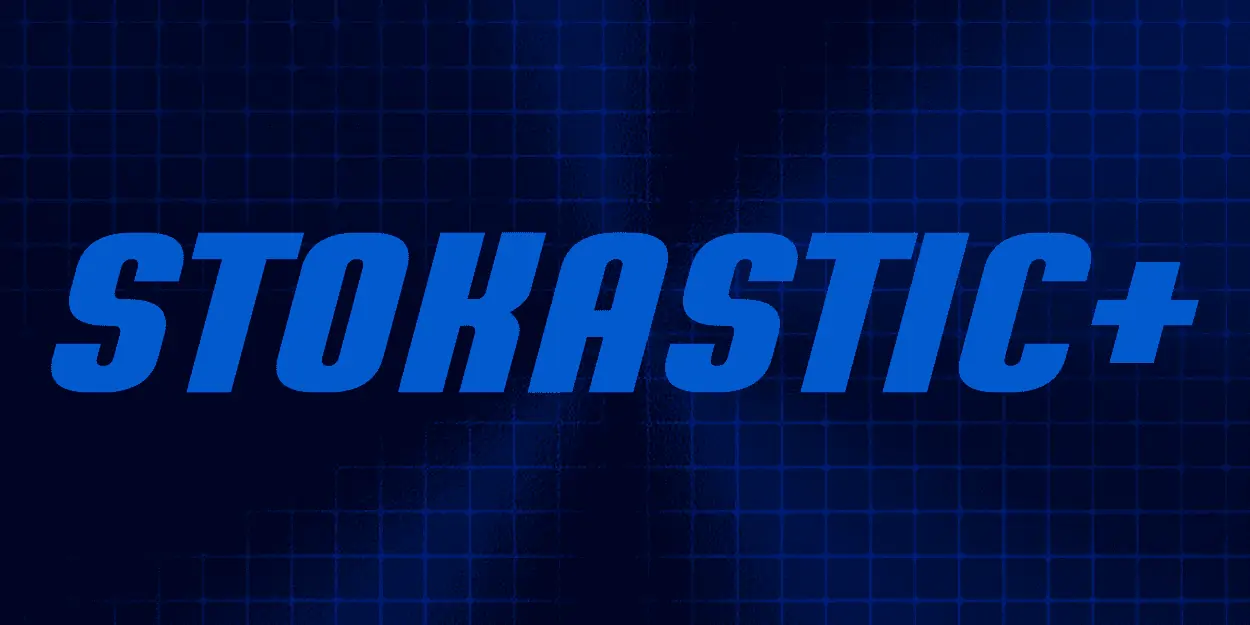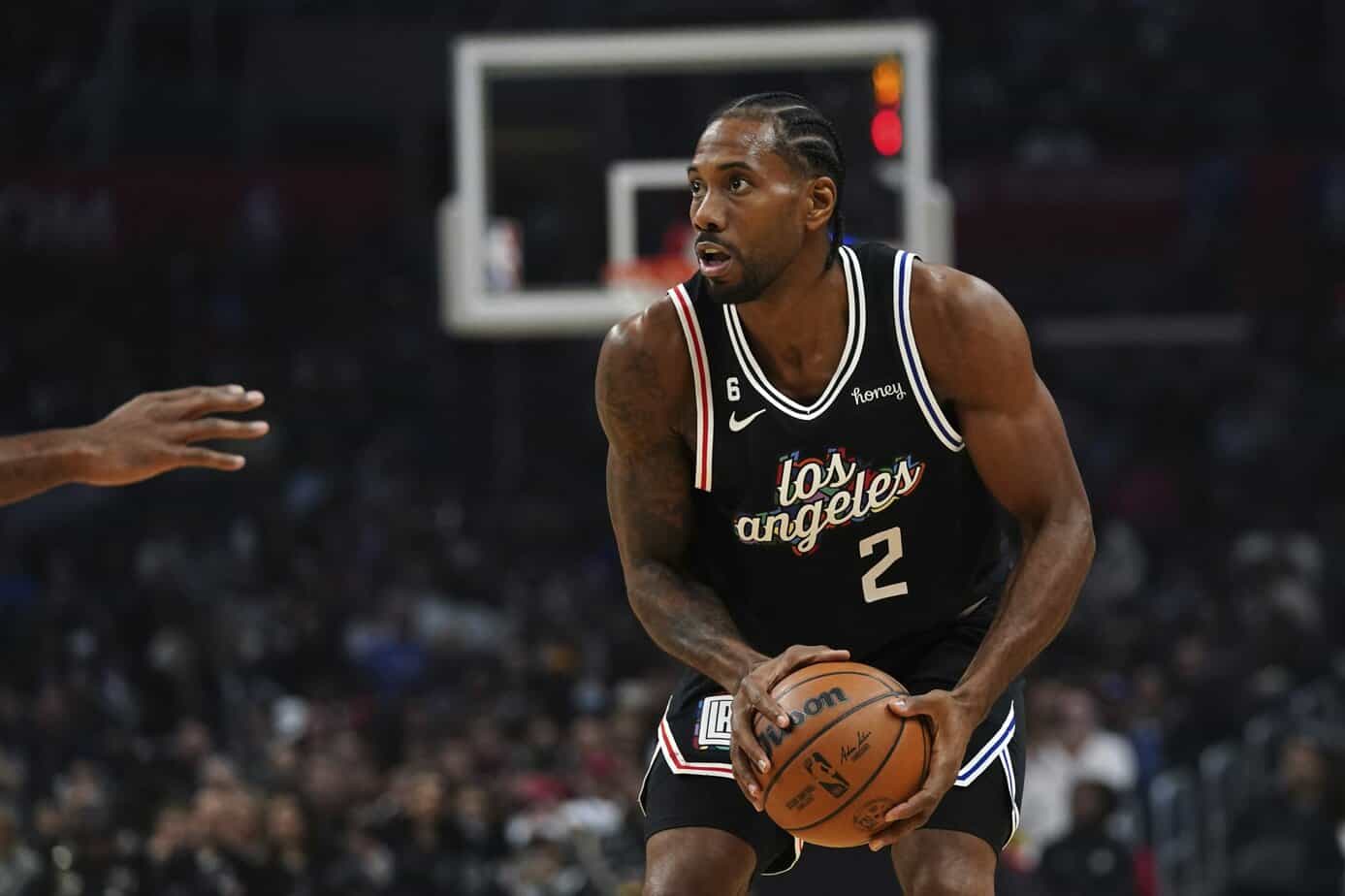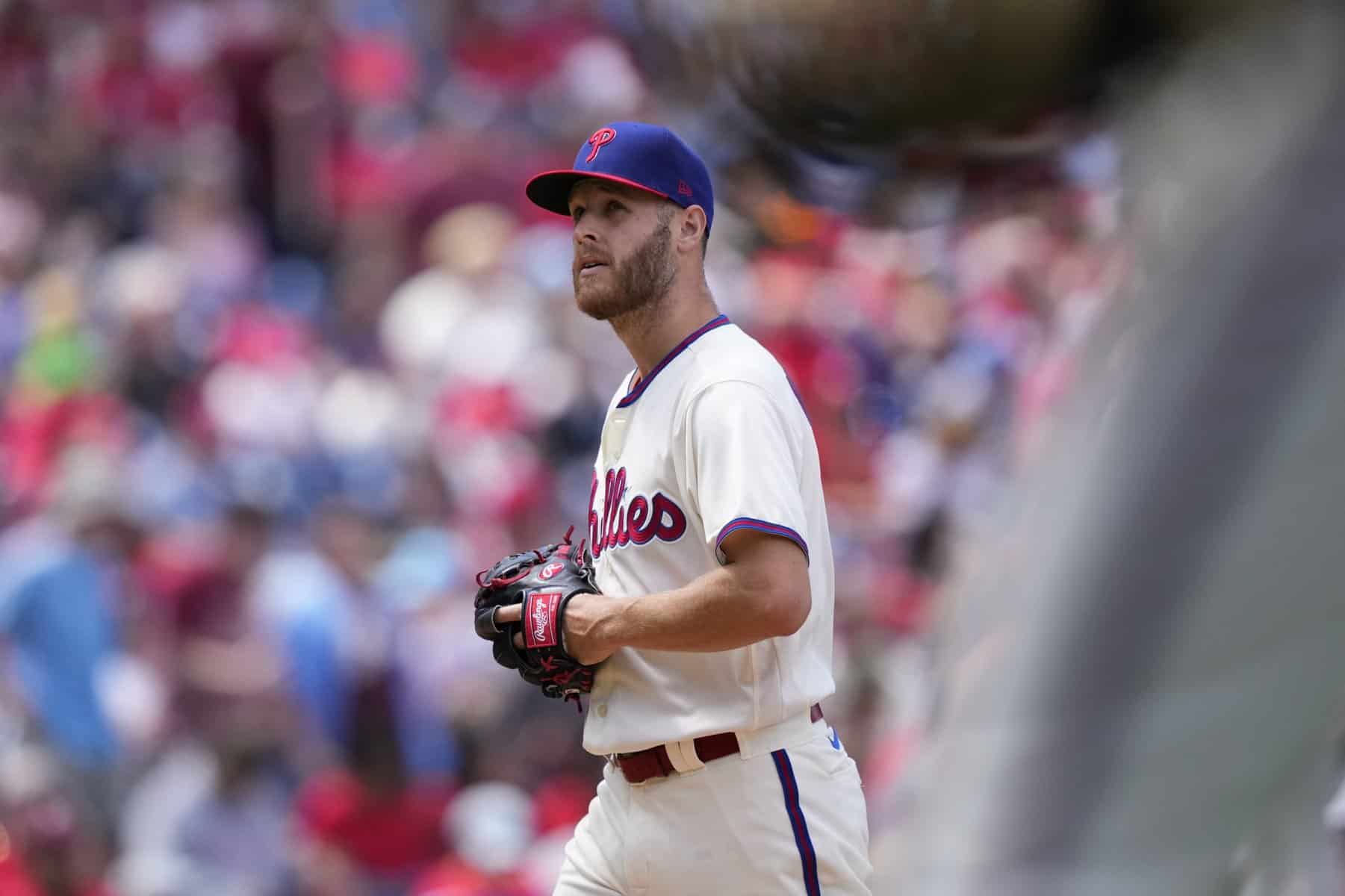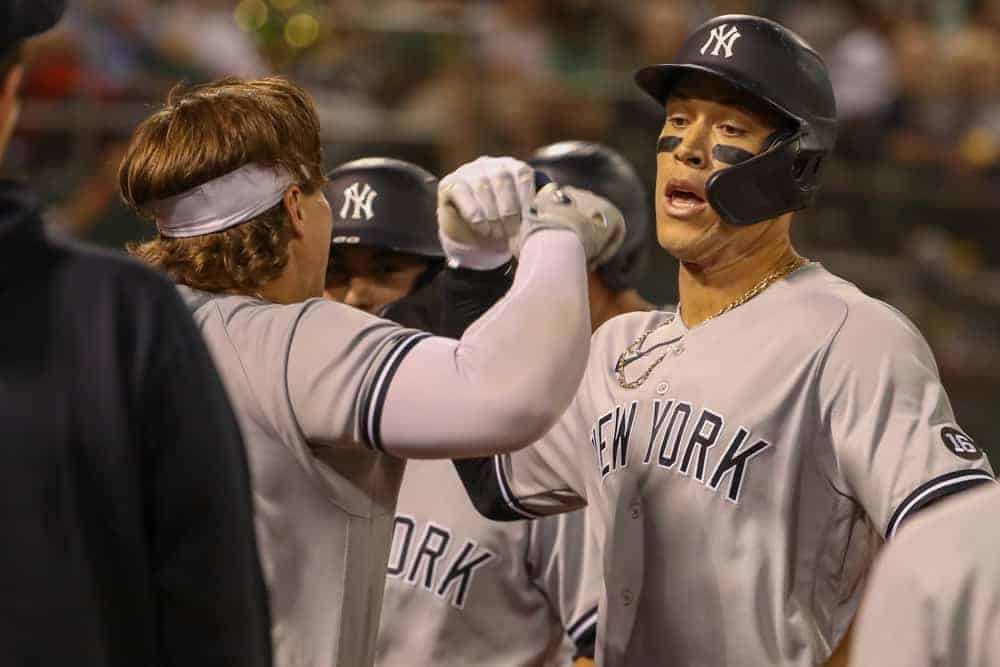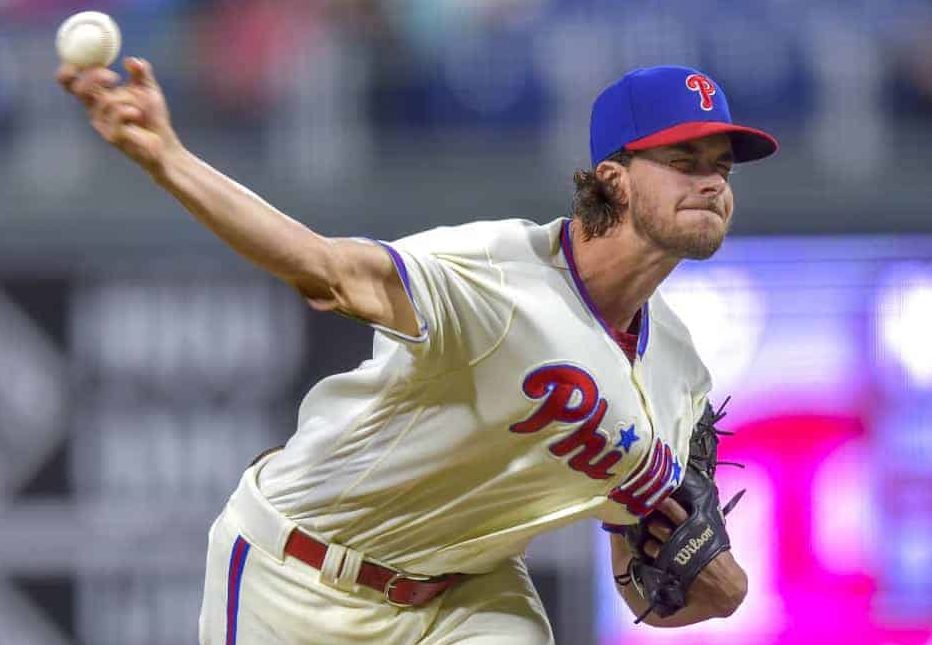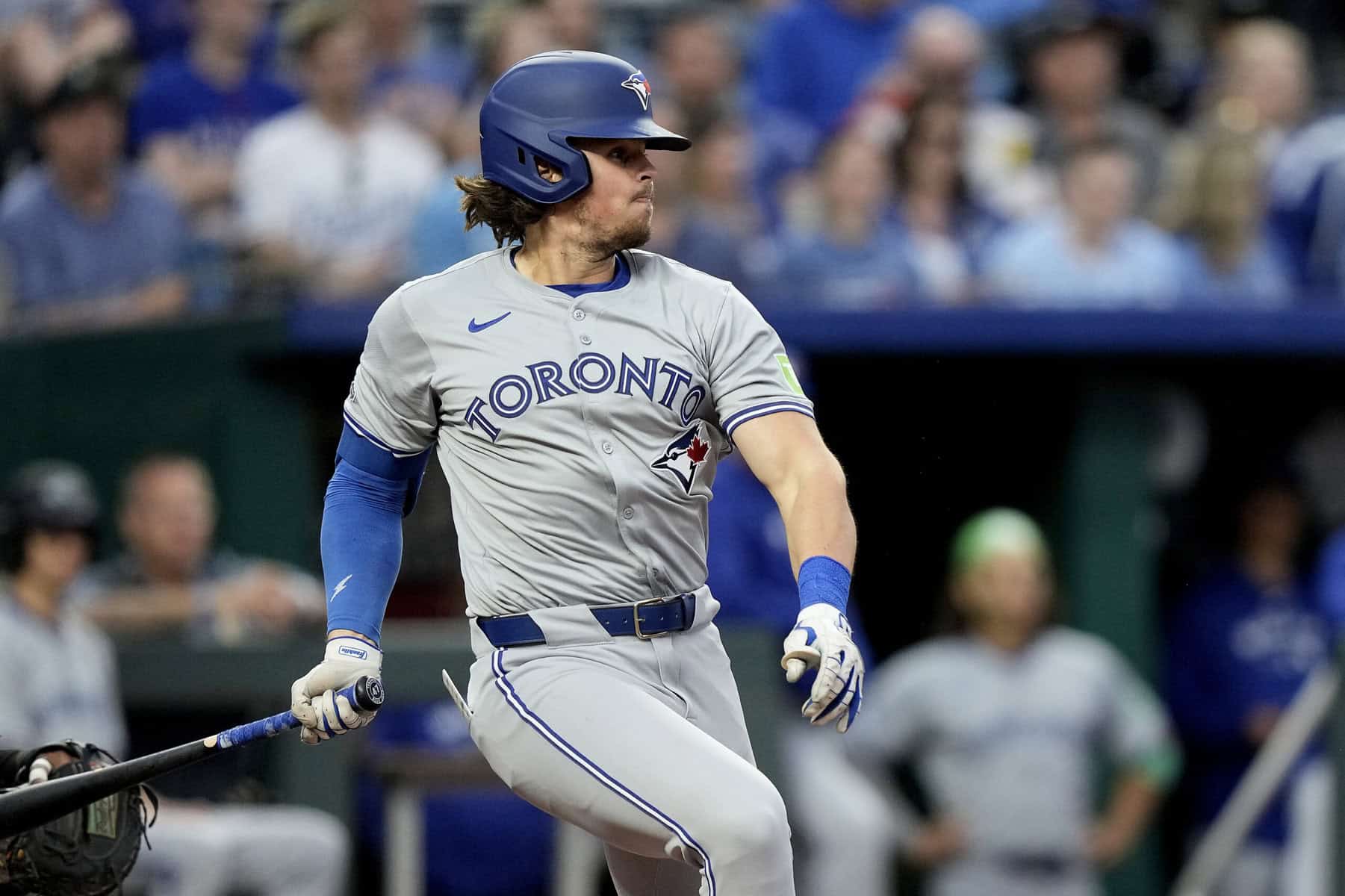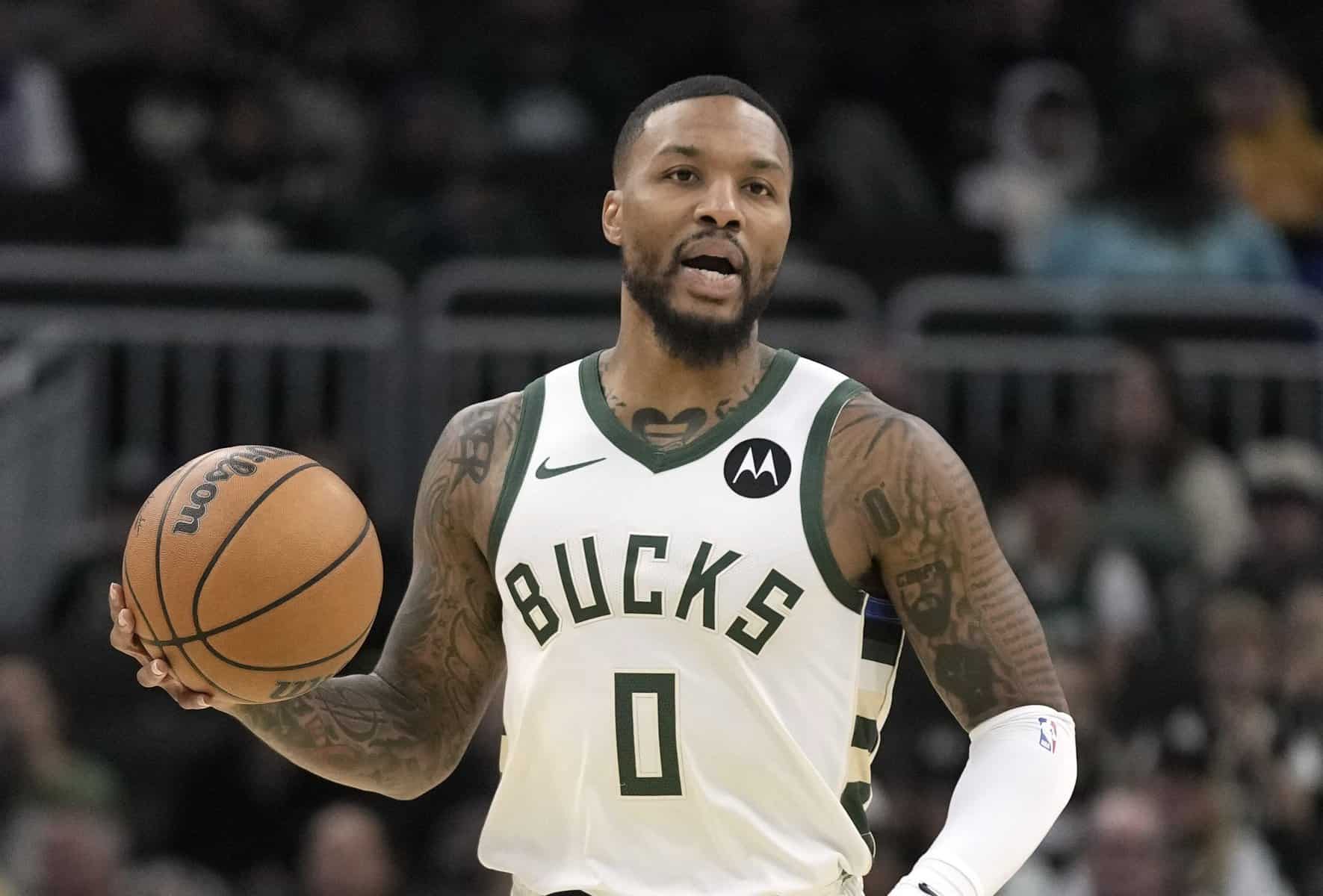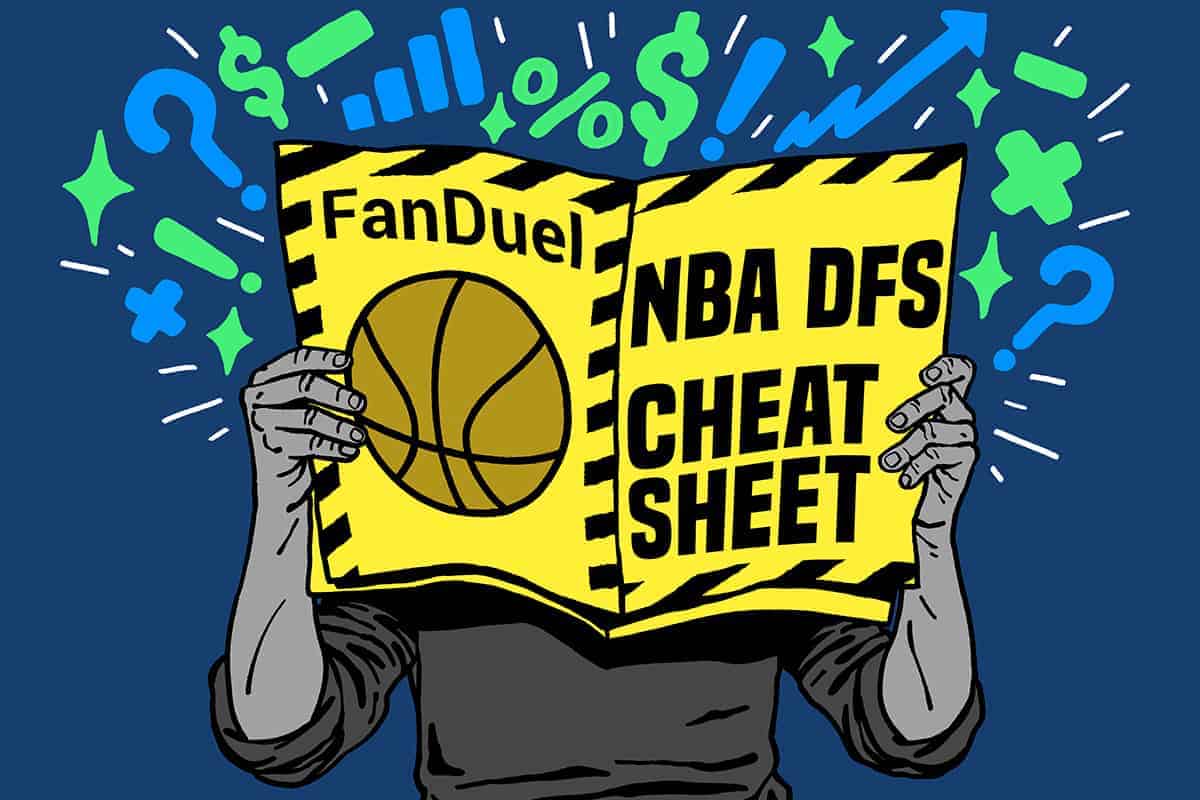With Daytona upon us, it’s time to buckle down and start preparing for the 2021 NASCAR season. More importantly, what to expect for NASCAR DFS on DraftKings and FanDuel in this new year. Yes, there has been plenty of driver movement in what punctuated a fairly active Silly Season. However, we will analyze these seat swaps later, as we’re still waiting for a domino or two to fall.
Thus, the focus of this article is to look at starting position and its impact on finishing position and laps led. While scoring is different from DraftKings to FanDuel to SuperDraft, the two constants that impact scoring the most are those two criteria. Therefore, let’s take a dive into the numbers and see if last year can give us an idea of what to look for in 2021.
[DAYTONA]
2021 NASCAR DFS Season Preview | Part 1
New Season, Same Song
Much to the chagrin of some fans, NASCAR has already taken a safe approach to this upcoming season in regards to practice and qualifying. With no real clue when this pandemic will subside, race weekends will continue to see the need for prolonged activity at the tracks cut.
Most weekends will see nothing more than the race itself. The exception to this rule will be the opening week at Daytona as well as tracks where the NASCAR Cup Series will be making its inaugural run. This includes the road course races at Circuit of the Americas, Road America, and when Bristol has its surface covered in dirt.
While not having to keep tabs on two or three practice sessions makes my weekends a little easier, it does mean all we really have stats-wise is driver history. As we saw last season, basing judgments on pure short-term history can be a shaky investment. Teams like the #4 of Kevin Harvick or the #11 of Denny Hamlin could go straight from the shop to the track and be ready to roll. However, some teams like the #18 need that track time during practice to help configure the setup. Without practice, they were forced to use the first quarter of the race to get their car right. A decided disadvantage.
Furthermore, this was supposed to the first year of the Generation Seven car. With practices getting put on hold as travel restrictions loomed, NASCAR placed Gen Seven on hold for one more season. Thus, we have one more year with the 550- and 750-horsepower packages utilized in the Generation Six machine.
Starting Grid Impact
If you’re into drinking games, you can play “Driver X did this at Track X, post Covid-19” with NASCAR DFS touts this upcoming season. As stated before, these numbers will be all we have. The rational decision will be to isolate data following the emergence of COVID-19 from races in the past, as the conditions that led up to these races were vastly different.
However, we do have something else to look at. In fact, this factor may be more sticky than the drivers themselves because the way NASCAR decides the starting order isn’t changing. The 2021 season will continue to see NASCAR utilize their starting grid formula from last season placing emphasis on finishing order and fastest laps.
Thus, let’s look back at last year’s numbers, post-COVID, and see if any information sticks out that could help guide our decisions in this upcoming season for NASCAR DFS on DraftKings, FanDuel and SuperDraft.
**For clarification’s sake, these numbers include every race post Coronavirus break. Except for the second race of a back to back race. Therefore, the Wednesday night races following the Sunday events at Darlington and Charlotte are thrown out as well as the Sunday races at Pocono, Michigan, and Dover. These follow up races had drivers and teams operating off hundreds of laps of race notes and knowing what to do setup wise for their vehicles. Not to mention, in these races, starting grids were based on inversions of how drivers finished the day or days before. I only wanted info pertaining to how the field did going straight from the shop to the track.**
Latest NASCAR DFS Content
- DraftKings NASCAR Cheat Sheet: NASCAR DFS Sims Picks for the GEICO 500 at Talladega
- NASCAR DFS Picks: Top Drivers for the GEICO 500 at Talladega (2024)
- NASCAR DFS Picks: Top Drivers for the AutoTrader EchoPark Automotive 400 at Texas (2024)
- NASCAR DFS Picks: Top Drivers for the Cook Out 400 at Martinsville (2024)
- NASCAR DFS Picks: Top Drivers for the EchoPark Texas Grand Prix at the Circuit of the Americas (2024)
- Stokastic DFS on Youtube
The 550-Horsepower Package — Start/Finish
As stated above, at tracks larger than a mile in length, NASCAR will continue to operate in the smaller 550-horsepower package. In this package last year, post-COVID, the Cup Series had 14 races in total. Below is listed where every position finished in these 14 events. If you’d like to see this info in data form, head here …
First, we begin with the finishing positions. Eleven of the top 12 average finishing positions were held by drivers who started in the top-12. Considering how these drivers were essentially locked into their starting position by the different formulas it makes sense. If you continually give the nod to the best drivers to start up front, you should expect them to finish there.
The thing worth noting is that being the polesitter was not advantageous. In fact, only once did the driver who started first also finish there. It’s worth noting this was the rain-delayed race at Homestead. A race that started a mid-afternoon affair morph into an evening race under the lights. A race that was squarely not in polesitter Denny Hamlin‘s wheelhouse that flipped into one perfectly suited for him. Beyond that race, only twice more did the polesitter finish in the top-five. Despite the advantage of clean air, most pole sitters were only capable of finishing in the top-ten.
The 550-Horsepower Package — Laps Led
However, what matters more for us is what these drivers were doing in between the start and the finish of the race.
Here’s a number to crunch on. In these 14 races, drivers starting 13th (387 in all) or worse led a collective 300 total laps. 89 of these 300 laps came from one driver, Clint Bowyer, in the second race at Texas. This, in turn, means that the other 386 instances led 211 total laps. In total, 348/387 drivers who started 13th or worse, in these races, failed to lead a single lap.
Sure, this could be construed as cherry-picking as the backmarkers are really killing the numbers. However, if you want to solely isolate the drivers starting 13th through 24th, you still end up with just 260 laps among 168 drivers with 89 laps coming from one driver. In other words, just 23/168 drivers went on to lead a lap last year post-COVID from this starting range. That’s not cherry-picking. That’s the reality of the starting grid in NASCAR DFS.
Once again, this goes back to the “qualifying formula” that NASCAR had used and will continue to use. When you give the best starting spots to the best drivers, we should expect to see the laps led numbers all bunched up near the front of the starting grid. Drivers starting first through 12th led 3,554 of the 3,854 combined laps in these 14 events or 92.1%.
One final point goes back to the polesitter. While they did manage to average the most laps led (45.2), only twice did they actually lead the most laps in that race. One of those being our outlier race at Homestead we’ve already discussed. Besides not being the top lap leader in most of these races, only one more time did we see the pole-sitter even go on to lead the second-most laps.
Concluding Thoughts for the 550-Horsepower Package
How do these numbers affect our process going into 2021 and preparing for Miami-Homestead?
- First and foremost, this has to shape how we think about “dominators” for NASCAR DFS. If it’s nearly a foregone conclusion that in most races, the drivers in the top-12 are most-likely to lead the race, then we can stop looking for tournament dominator pivots later down the starting grid.
- If you can avoid the backmarkers, try to do so. Granted, there will be races (Coke 600) where it’s inevitable. However, the floors on these drivers are so low, they offered no real ceiling and will continue to fail to do so in 2021.
- We have to be leery of rostering the polesitter. Too often, just slamming in the polesitter because of clean air, their pit position, track history, etc… ended up being a bad process. Heck, look above and you can see the lack of wins, top-fives, and laps led. While we didn’t address it, part of what continually wrecked the upside of the polesitter was early competition cautions. With no on-track activity, NASCAR officials instituted early cautions so teams could see how tire surfaces were holding up. All too often these cautions created opportunities for the polesitter to lose the lead on pit-road.
Follow us on all of our social channels! Check out our Twitter, Facebook, Instagram and YouTube for more great Awesemo content.
Looking for more DraftKings and FanDuel NASCAR DFS picks content? We have loads of articles, data, DraftKings and FanDuel cheat sheets and more on the Awesemo NASCAR home page. Just click HERE.


